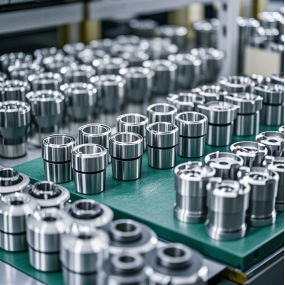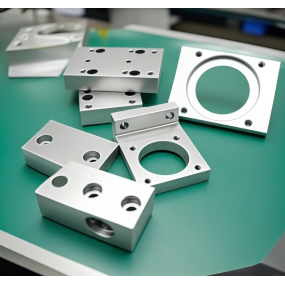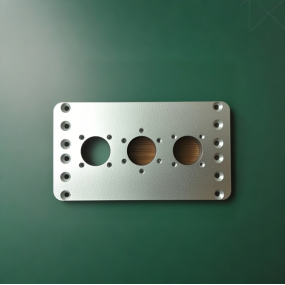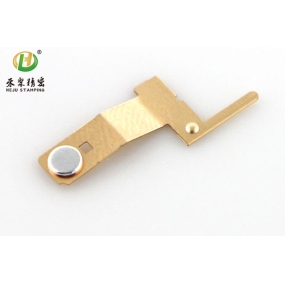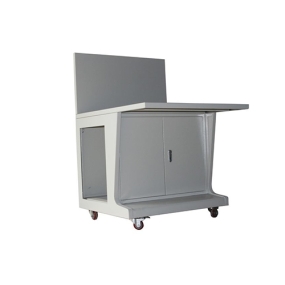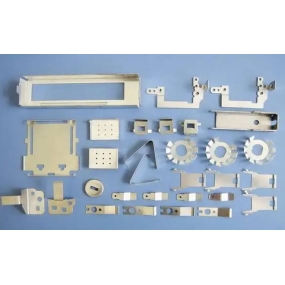1. It is best to use a uniform geometric type and size for the inner cavity and shape of precision parts processing. This can reduce tool specifications and the number of tool changes, make programming convenient, and improve production efficiency.
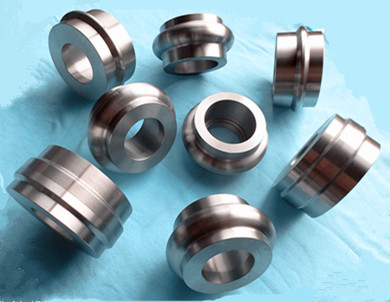 2. The size of the fillet of the inner groove determines the size of the tool diameter, so the radius of the fillet of the inner groove should not be too small. The workmanship of the part is related to the height of the machined profile and the size of the transfer arc radius.
2. The size of the fillet of the inner groove determines the size of the tool diameter, so the radius of the fillet of the inner groove should not be too small. The workmanship of the part is related to the height of the machined profile and the size of the transfer arc radius.
3. When machining and milling the bottom plane of precision parts, the fillet radius of the bottom of the groove should not be too large.
4. Unified reference positioning should be used. In precision CNC Machining, if there is no unified reference positioning, the position and size of the two surfaces will be incongruous due to the reinstallation of the workpiece. To avoid problems and ensure the accuracy of the relative position after two clamping processes, a unified reference positioning should be used.
Precautions: It is best to have a suitable hole on the part as the positioning reference hole. If not, the process hole should be set as the positioning reference hole (such as adding process lugs on the blank or setting process holes on the balance to be milled in the subsequent process). If there is no process hole, at least the finished surface should be used as a unified reference to reduce the error caused by two clamping. In addition, it should also be analyzed whether the required machining accuracy and dimensional tolerance of the part can be guaranteed, whether there are any extra dimensions that cause contradictions or closed dimensions that affect the process arrangement.


 Spanish
Spanish Arabic
Arabic French
French Portuguese
Portuguese Belarusian
Belarusian Japanese
Japanese Russian
Russian Malay
Malay Icelandic
Icelandic Bulgarian
Bulgarian Azerbaijani
Azerbaijani Estonian
Estonian Irish
Irish Polish
Polish Persian
Persian Boolean
Boolean Danish
Danish German
German Filipino
Filipino Finnish
Finnish Korean
Korean Dutch
Dutch Galician
Galician Catalan
Catalan Czech
Czech Croatian
Croatian Latin
Latin Latvian
Latvian Romanian
Romanian Maltese
Maltese Macedonian
Macedonian Norwegian
Norwegian Swedish
Swedish Serbian
Serbian Slovak
Slovak Slovenian
Slovenian Swahili
Swahili Thai
Thai Turkish
Turkish Welsh
Welsh Urdu
Urdu Ukrainian
Ukrainian Greek
Greek Hungarian
Hungarian Italian
Italian Yiddish
Yiddish Indonesian
Indonesian Vietnamese
Vietnamese Haitian Creole
Haitian Creole Spanish Basque
Spanish Basque

